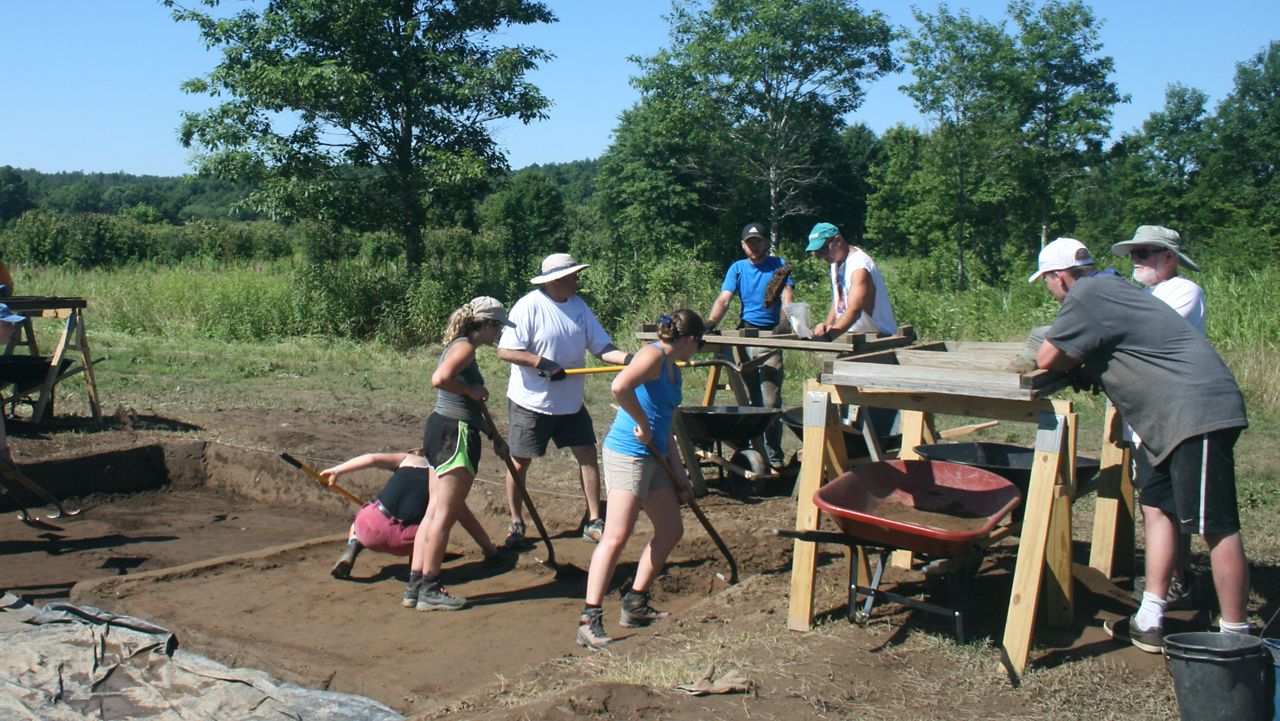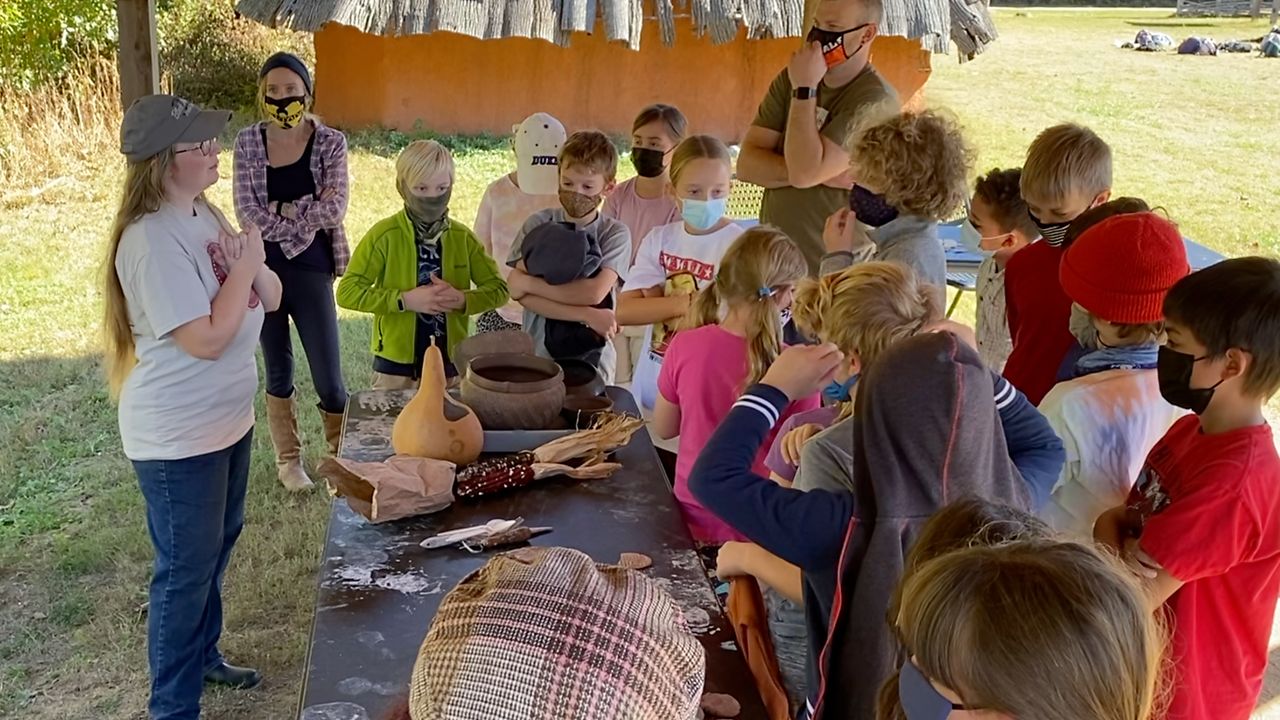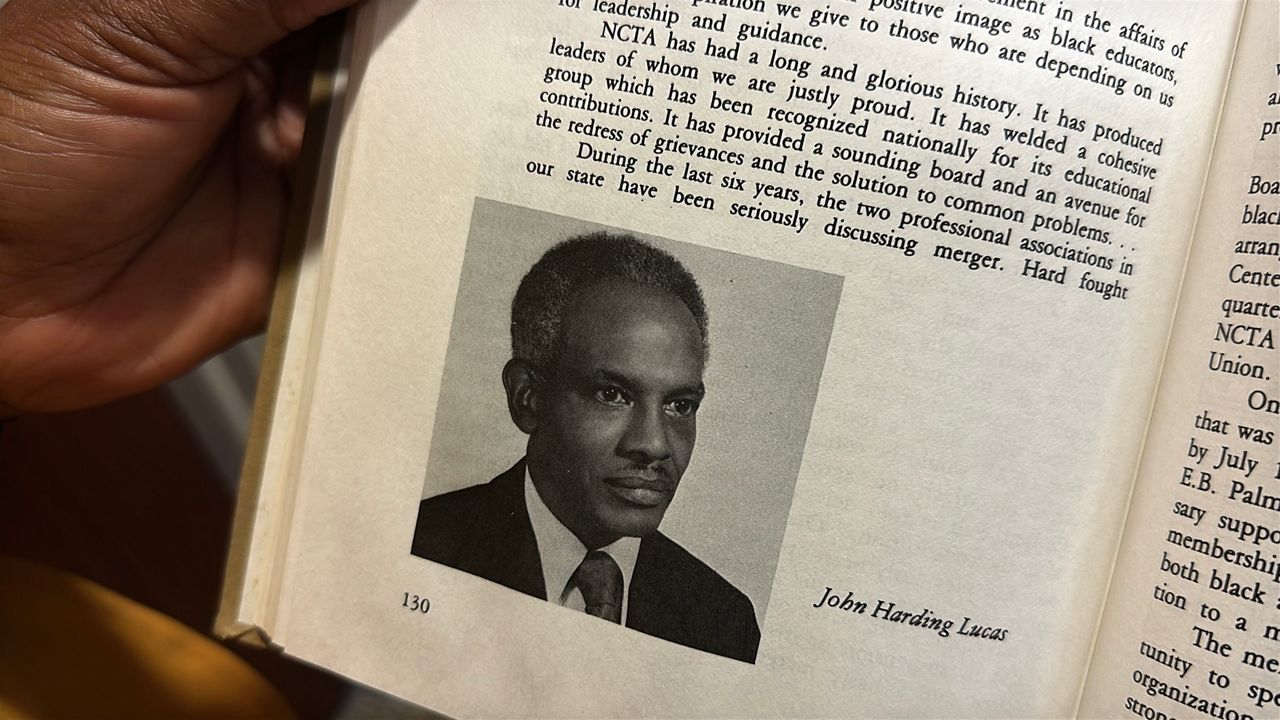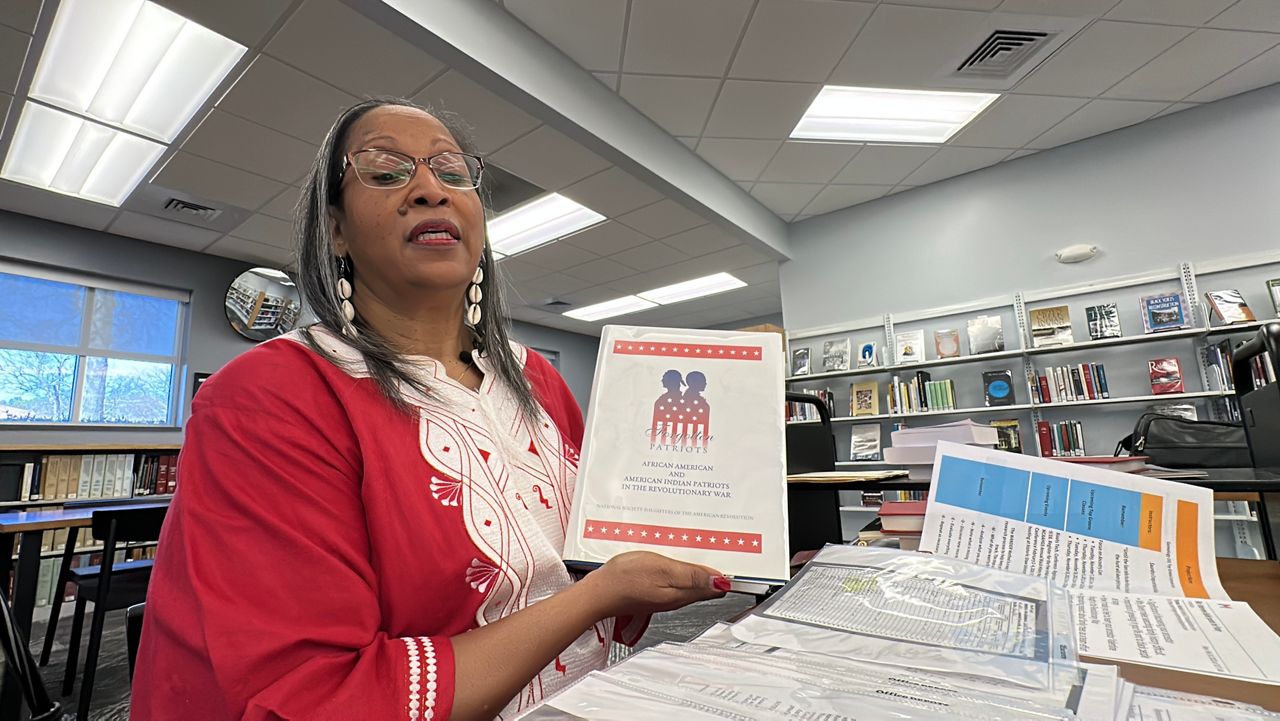BURKE COUNTY, N.C. — Students are learning about North Carolina's history, specifically exploring the lifestyles of the indigenous tribes that first lived here.
Dr. David Moore is a professor at Warren Wilson College just outside Asheville. He leads the archaeological dig at the Berry Site in Burke County.
The Berry Site in Burke County dates back to the 16th century
It wasn't first recorded until the 1890s
The site is home to the Native American town Joara and home to Spanish Fort San Juan
Dr. David Moore is a professor at Warren Wilson College. He's been exploring and leading the archaeological dig there for more than 20 years
The Berry Site is an active site dating back to the 16th century. It wasn't first recorded until the 1890s. And Moore started exploring the grounds almost a century later in 1986.
It's here where archaeologists discovered the Native American town Joara. And the same area is also the site of the Spanish Fort San Juan. It was the first European settlement where the Spanish failed to make this land a colony of Spain. Moore says that opened the land later to the English and other settlers.
“When I was a young man the colonial era was inspiring to me,” Moore said. “But unfortunately we know that the colonial era was full of tragedy ... tragedy for the indigenous people that were here first.”
Every year dozens of students and the public participate in dig days. They have the chance to discover where buildings stood and find artifacts that help us understand the past.
“It's the soil that's so exciting because it gives us a picture of the village, the fort, everything that happened out here,” Moore said.

Schools can also bring students to visit the Catawba Meadows Living History Village in Morganton. It's run by the nonprofit The Exploring Joara Foundation. The foundation is developing the center on the footprint of an ancestral Catawba Native American town that is currently under archaeological study. The center includes an outdoor exhibit with replicas of Native American buildings and a shelter for presentations.
Students there can learn how to use Native American tools like an atlatl and get other hands-on experiences, like making pottery. Moore hopes the exposure gives students a greater understanding about native and colonial times.
"We are all the same, we come from the same past and I think that's a lesson that archaeology can help spread,” Moore said.
The Berry Site where the village and fort are located are not open to the public except on the annual field day, but the Living History Village is open year-round.
For more about the sites, watch an In Focus segment.










_Cropped)